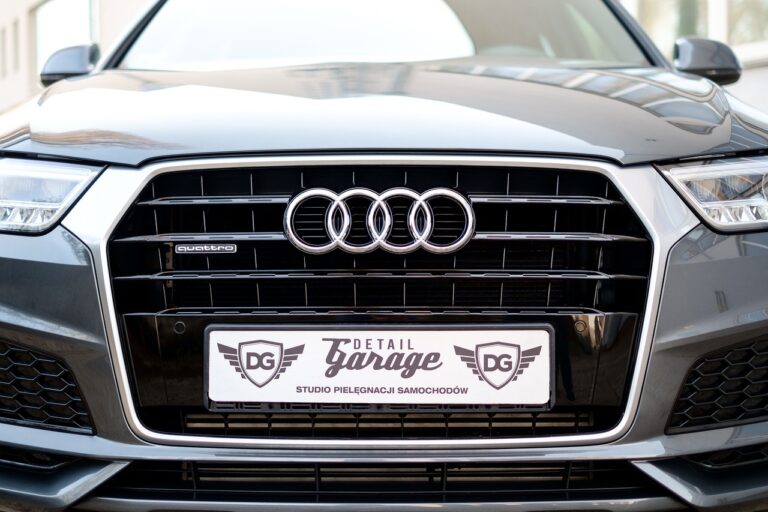Exploring the Connection Between Vehicle Design and User Well-being
The design of a vehicle plays a crucial role in determining the comfort level of its users. Factors such as seat ergonomics, interior space arrangement, and material choices all contribute to the overall comfort experienced by the driver and passengers. For instance, the positioning and adjustability of seats affect the body posture and support during long journeys, ensuring a more comfortable ride.
Moreover, the incorporation of noise-reducing materials and advanced suspension systems in the vehicle design can significantly enhance the overall comfort of the occupants. By minimizing external noise and vibrations, these features create a smoother and more enjoyable driving experience. In essence, the thoughtful consideration of design elements goes a long way in improving user comfort and satisfaction in vehicles.
• Seat ergonomics and adjustability play a crucial role in ensuring proper body posture during long journeys.
• Interior space arrangement affects the overall comfort of the driver and passengers.
• Material choices, such as noise-reducing materials, can enhance the driving experience by minimizing external noise and vibrations.
• Advanced suspension systems contribute to a smoother ride for occupants.
The Role of Interior Layout in Enhancing Well-being
Optimizing the interior layout of vehicles goes beyond just creating a visually appealing space. It plays a crucial role in enhancing the overall well-being of passengers. A well-thought-out interior design can contribute to a sense of comfort and relaxation, making the driving experience more enjoyable.
Furthermore, the interior layout can also impact the physical and mental health of individuals. Factors such as seating position, accessibility of controls, and overall ergonomics can influence posture and reduce the risk of discomfort or strain during long periods of driving. By prioritizing user comfort and well-being in interior design, automakers can create a more positive and fulfilling driving environment for their customers.
How Exterior Aesthetics Influence Driver Satisfaction
When it comes to driver satisfaction, the importance of exterior aesthetics cannot be overstated. The design of a vehicle’s exterior plays a crucial role in shaping the overall driving experience. Drivers are drawn to vehicles with sleek lines, eye-catching colors, and modern styling. Aesthetically pleasing exteriors not only contribute to a sense of pride in ownership but also enhance the overall driving experience by creating a positive first impression.
Furthermore, the exterior aesthetics of a vehicle can also impact the driver’s emotional connection to the car. Drivers often develop a bond with their vehicles, viewing them as an extension of themselves. A well-designed exterior can evoke feelings of joy, excitement, and pride every time the driver approaches their vehicle. This emotional connection not only enhances driver satisfaction but also fosters a sense of loyalty towards the brand and model of the car.
How important is the exterior design of a vehicle in influencing driver satisfaction?
The exterior design of a vehicle plays a significant role in driver satisfaction as it affects the overall aesthetics and appeal of the vehicle.
Does the interior layout of a vehicle impact driver well-being?
Yes, the interior layout of a vehicle can greatly influence driver well-being by providing a comfortable and ergonomic environment.
Can a well-designed exterior positively impact driver satisfaction?
Yes, a well-designed exterior can enhance driver satisfaction by creating a sense of pride and excitement in owning and driving the vehicle.
How does interior design contribute to user comfort in a vehicle?
Interior design elements such as seating comfort, layout of controls, and overall spaciousness can greatly contribute to user comfort in a vehicle.





